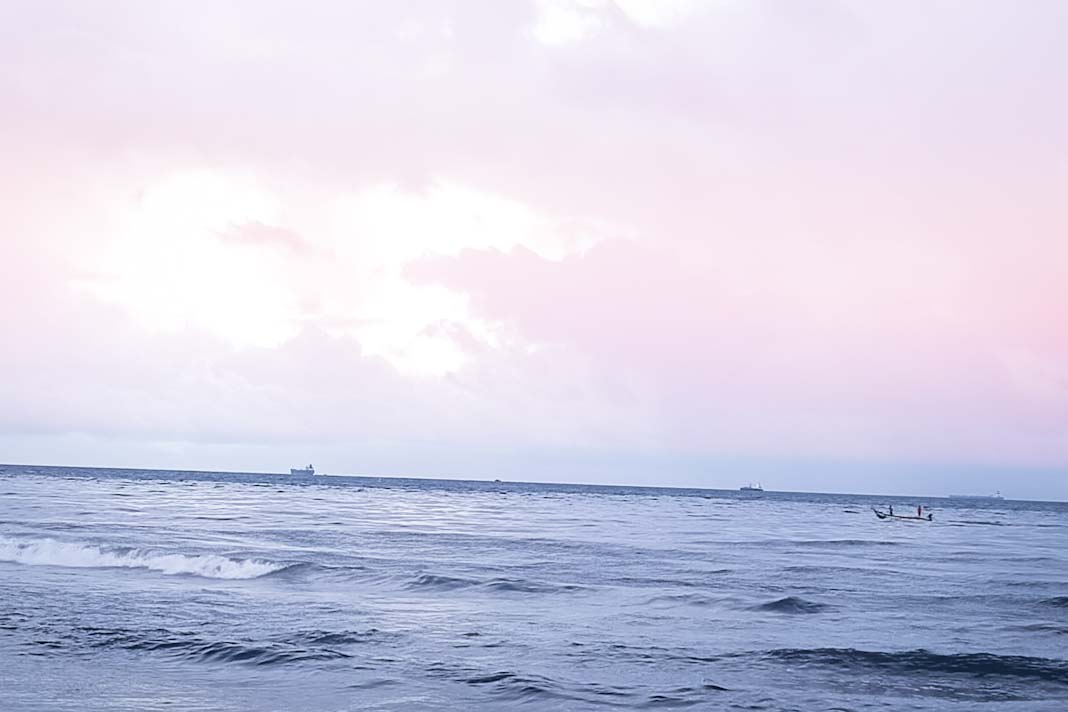During an adjustment of the yoke securing arrangement for a Pipeline End Manifold (PLEM), a cargo strap failed, causing the yoke to fall to its horizontal resting position. Two workers inside the PLEM were unharmed. The failure occurred when the rigging team released the port side top cargo strap, leading to the starboard cargo strap’s failure, reports IMCA.
What happened
During adjustment of the yoke securing arrangement for a PLEM (Pipe Line End Manifold), the cargo strap failed resulting in the yoke falling and landing in its horizontal resting position. Two persons were working inside the PLEM near the yoke at the time. Neither were injured.
While the rigging team on the vessel was re-arranging the rigging securing the PLEM yoke at a 45° position, the port side top cargo strap tension was released. This resulted in sudden movement of the yoke, causing the starboard cargo strap to fail and the yoke to drop to its horizontal position. Note: re-arrangement of the rigging was initiated after a safety observation on weak rigging was raised by deck crew.
What went wrong
- The wrong kind of cargo strap was used;
- Old 4-tonne straps were used instead of the new 5-tonne straps provided;
- Specific rigging described in the task plan was not used.
- The cargo strap was used incorrectly;
- The team copied the use of cargo straps from how it had been done on previous projects;
- The yoke was not recognized as a suspended load;
- There was a lack of understanding of the correct use of cargo straps, which were not to be used for lifting or holding the load.
- There was inadequate risk assessment of change.
- The port side holdback was released without considering if the single holdback was sufficient;
- There was no MoC (Management of Change) process undertaken, so planning did not break the task into steps and was not properly risk assessed;
- “Task seen as routine” – the task was considered standard deck work.
Actions and learning
- Design teams to:
- review standard designs to incorporate engineered securing of yokes & wings;
- review checklist for standard designs.
- Take caution when handling or working near temporarily restrained yokes and wings and consider additional controls to prevent or mitigate unexpected movement;
- Review boundaries between changes that require formal “Management of Change” and those that are more general;
- Review TRA’s (Task Risk Assessments) to ensure a better understanding of task limitations;
- Use the rigging and equipment provided for the specific project task in hand;
- Review the practice of securing suspended loads using cargo straps.
Did you subscribe to our daily Newsletter?
It’s Free! Click here to Subscribe
Source: IMCA
















